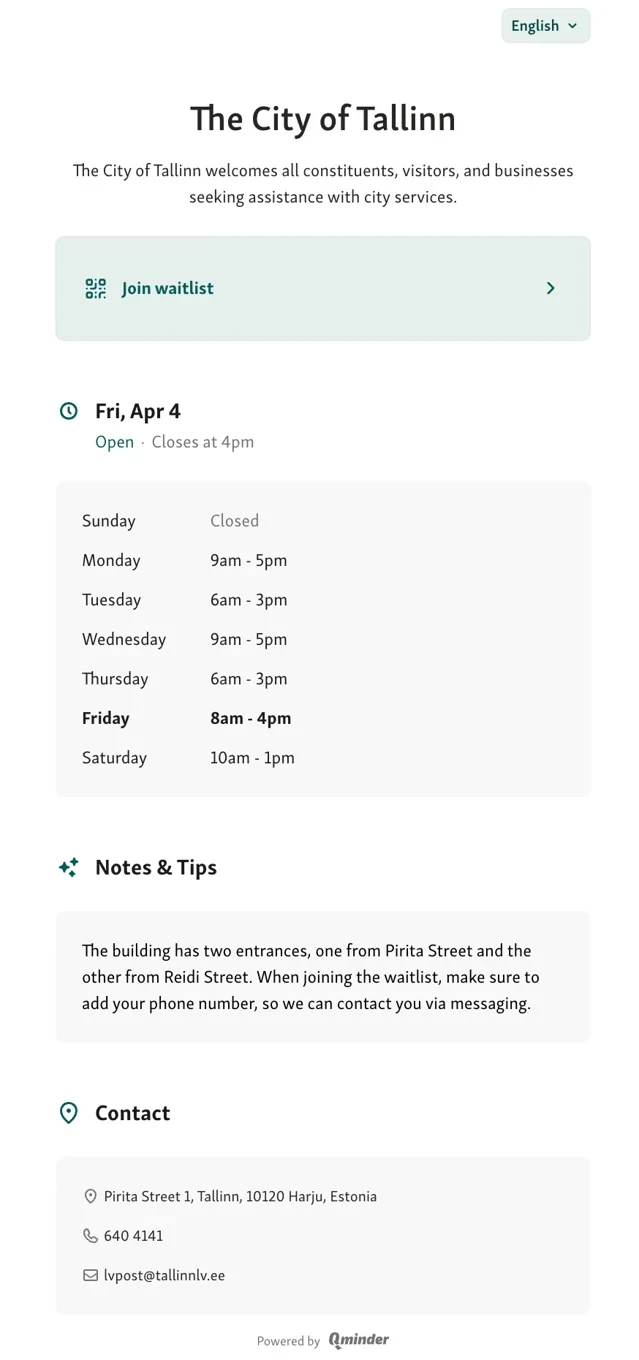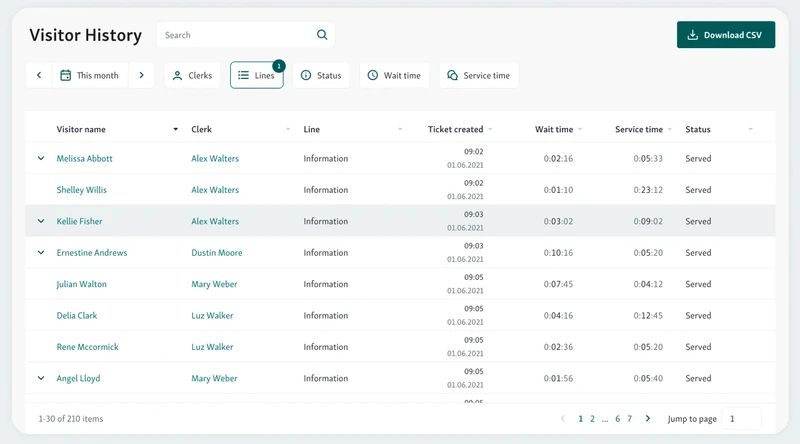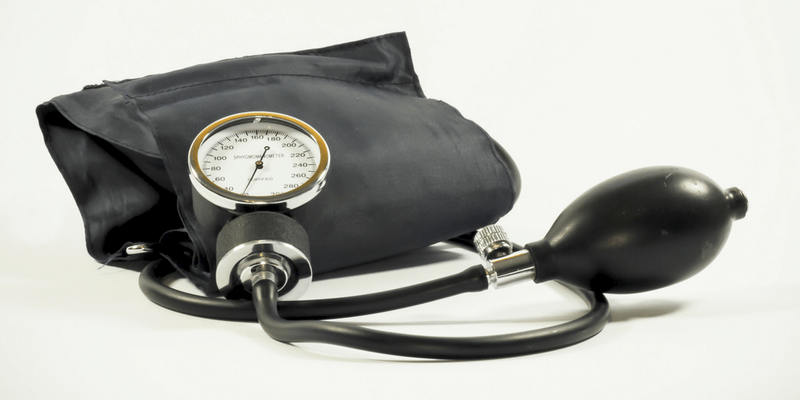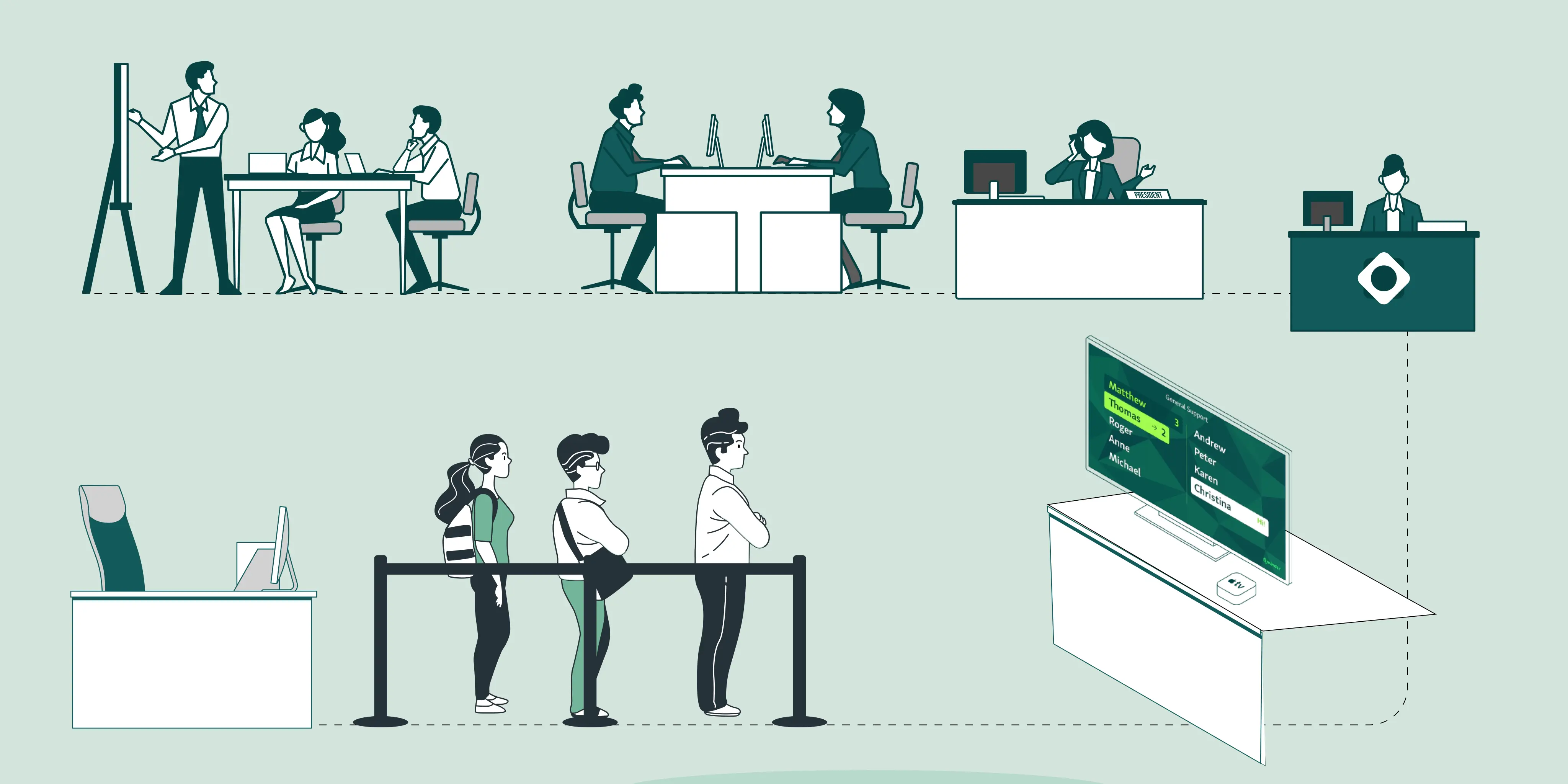How much time do you spend waiting in a hospital?
A 2015 Harvard Medical School study found that, on average, people spend 121 minutes for every visit to the doctor. Of those 121 minutes, 64 minutes are spent waiting for care or filling out forms.
And as we all know, time is money. So how much money is being lost?
The same researchers came up with this startling statistics — it costs patients $43 in lost time for every medical visit. That’s a third more than the average cost of the care itself, which is about $32.
Long story short, the system is broken.
What should hospitals do, then? How to reduce patient wait times and become more efficient?
Let’s find out together.
How to Reduce Patient Wait Times in Hospitals
Cutting down patient wait times isn’t just about working faster—it’s about working smarter. With the right strategies in place, hospitals can manage high patient volume without compromising care quality.
1. Support Appointment Scheduling with Smart Walk-Ins
Relying solely on appointments can leave hospitals vulnerable to gaps in care and long wait times for healthcare. No-shows, late arrivals, or underestimated service durations all contribute to a disrupted flow.
By supplementing your schedule with managed walk-ins, you can adapt on the fly without overwhelming staff. Queue management software helps balance both types of visits in real time, ensuring patients move through the system efficiently.

Reduce idle time by filling last-minute cancellations with walk-ins
Absorb fluctuations in patient volume without chaos or crowding
Increase access for patients who need flexible care options
Enhance staff efficiency by keeping workflows consistent
Pro Tip: Combine queue analytics with historical data to predict peak walk-in times and allocate staff accordingly. This allows you to reduce patient wait times while still honoring scheduled appointments—and keeps your team prepared, not reactive.
2. Enable Self-Registration
One of the easiest ways to reduce patient wait times is to start before patients even reach the front desk. Digital self-registration tools such as iPad kiosks and tablets offered by platforms like Qminder allow patients to check themselves in, confirm details, and even update medical information. This not only saves time but also improves data accuracy and frees up staff to focus more on care and less on paperwork.

Frees up front desk staff during high-volume periods
Shortens lines and keeps patients moving
Minimizes bottlenecks caused by manual form-filling
Enhances patient autonomy and satisfaction
Pro Tip: Pair visit history with real-time queue data to proactively manage long wait times for healthcare services—alerting staff when delays are building and flagging VIP or at-risk patients who need faster attention.
3. Use Visit History and Queue Insights to Personalize Care
Personalized care doesn’t have to slow things down. By using queue management tools that track visit history and patient behavior across departments or locations, hospitals can reduce patient wait times while improving service quality. Staff get instant access to notes, service tags, and visit frequency, making it easier to treat people like individuals—not just numbers in line.

Recognize patterns in high-volume periods for better prep
Instantly surface relevant notes during check-in
Coordinate care more effectively across departments
Build trust and rapport by acknowledging prior visits
Pro Tip: Pair visit history with real-time queue data to proactively manage long wait times for healthcare services—alerting staff when delays are building and flagging VIP or at-risk patients who need faster attention.
4. Improve Communication and Transparency
One of the easiest ways to reduce patient wait times is simply to keep people in the loop. When hospitals share real-time updates about queue position and delays, it changes how patients perceive the experience. A clear communication strategy helps reduce frustration, increase trust, and make long wait times for healthcare feel more manageable—even if the actual wait doesn’t change.

Use digital screens to show live queue status in waiting areas
Share delays proactively to manage high-volume patient flow
Send automated check-in and status updates via text
Reduce pressure on front desk staff to answer “how much longer?”
Pro Tip: Use real-time queue displays and automated text updates to keep patients informed without adding pressure on staff.
5. Optimize Staff Allocation Based on Real-Time Data
Volume spikes and unpredictable patient flow make staffing one of the biggest contributors to long hospital wait times. Without real-time insights, it’s nearly impossible to adjust on the fly. By tracking queue length, service durations, and patient wait times in real time, hospitals can respond faster to surges, prevent bottlenecks, and reduce patient wait times with smarter, data-driven decisions.

Identify peak hours and adjust staffing ahead of time
Flag slowdowns before they turn into full-scale delays
Use dashboards to monitor high-volume service points
Balance staff workloads to avoid burnout and inefficiency
Pro Tip: Real-time visibility into hospital operations doesn't just help reduce patient wait times—it also improves team morale by preventing overwhelm and reactive decision-making.
Similar read - 4 Ideas to Reduce Customer Service Wait Times
Case Study: How One Hospital Reduced Wait Times and Improved Patient Experience
Long patient wait times don’t just impact satisfaction, but also delay care, overwhelm staff, and strain operations. North Kansas City Hospital, a 451-bed acute-care facility serving the Northland community, knew something had to change.
Their outdated check-in process—writing names on paper and manually calling out patients, simply couldn’t keep up with the hospital’s daily volume of over 3,500 employees and hundreds of patient visits.
With no visibility into waitlists or service flow, patient wait times often stretched to 10–15 minutes. Frustration was growing among both patients and staff.
After switching to Qminder’s patient queue management system, things changed dramatically:
Wait times dropped from 15 minutes to just 2–3 minutes
Patients embraced the new check-in system, easing pressure on the front desk
Staff gained real-time visibility into queues, improving coordination across departments
Queue order became flexible and digital, reducing confusion and improving fairness
By focusing on the entire patient wait time experience, not just clinical care, North Kansas City Hospital turned a pain point into a win. Their story proves that when you invest in the right tools, you’re not just cutting delays, you’re improving lives.
Qminder Reduces Both Actual and Perceived Wait Time
So far, we've covered a number of ways to reduce patient wait times. But how to keep everything in mind?
The solution you're looking for is a queue management system like Qminder. It combines all of the above-mentioned features and rolls them into one simple package.
With Qminder, you can set up a simple, two-step queue system:
Patients use a simple iPad to register and add themselves to the queue.
A TV screen displays exactly where each patient is in the queue.
By providing accurate information about the placement of every patient in a queue, Qminder reduces perceived wait times. At the same time, Qminder’s streamlined registration process reduces actual wait time through queue automation.
At the risk of sounding cheesy, you can't say "healthcare" without saying "care". A proper queue management system shows not only your willingness to innovate but also respect for your patients.
Try out a 14-day free trial of Qminder and be on your way to providing great hospital experience.






